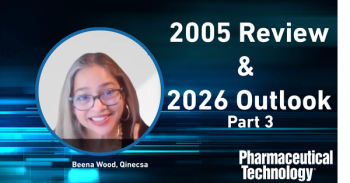
Recipharm Releases First Serialized Products to Europe
The contract development and manufacturing organization released its first serialized products to Europe from its facilities in Lisbon, Portugal and Stockholm, Sweden.
Contract development and manufacturing organization (CDMO) Recipharm released its first serialized products to Europe from its facilities in Lisbon, Portugal and Stockholm, Sweden, the company announced on Oct. 9, 2018.
In 2016, Recipharm invested EUR 40 million (US$46 million) in preparing its facilities for the European Falsified Medicines Directive (EU FMD). The company reports that its other European facilities will also be ready to release fully serialized products to Europe by the end of 2018, two months ahead of the EU FMD deadline in February 2019.
To date, Recipharm has delivered more than 2.5 million serialized packs to markets where serialization regulations are in place, including China, South Korea, Saudi Arabia, and Turkey, as well as 500,000 packs to the United States. The company is implementing the technologies of cloud network provider TraceLink and software and hardware providers SeaVision and Marchesini. Additionally, Recipharm is serializing its customers’ products for free until February 2019 to ensure a seamless transition when the regulation comes into force.
This news follows the launch of Recipharm’s standalone serialization service, which offers the company’s serialization capabilities as a standalone service to pharmaceutical companies even if their products are not manufactured by Recipharm. As part of the service, Recipharm will add 2D codes, human readable text, and tamper evidence to pre-packaged medicines.
Source:
Newsletter
Get the essential updates shaping the future of pharma manufacturing and compliance—subscribe today to Pharmaceutical Technology and never miss a breakthrough.




